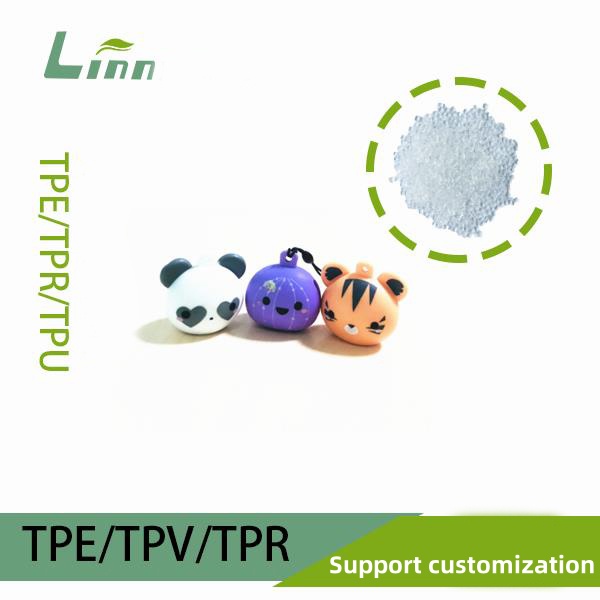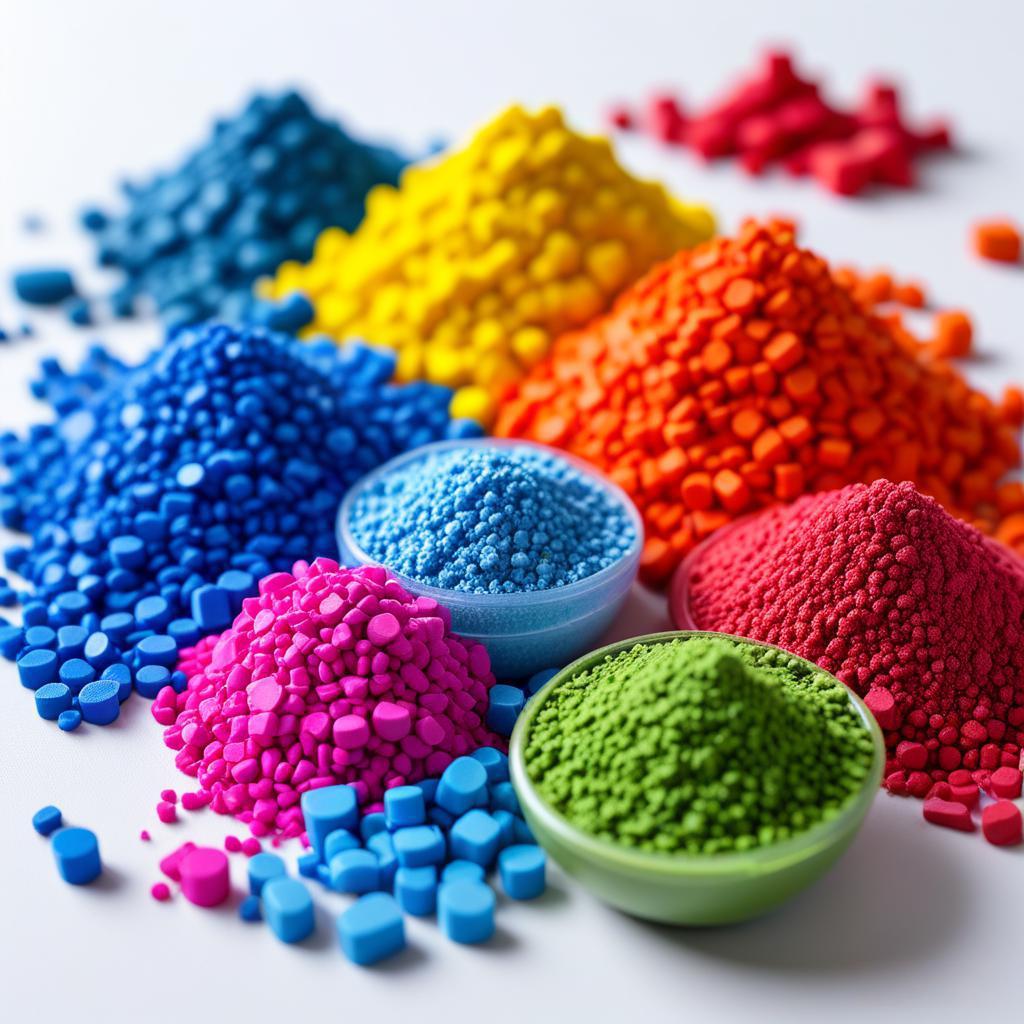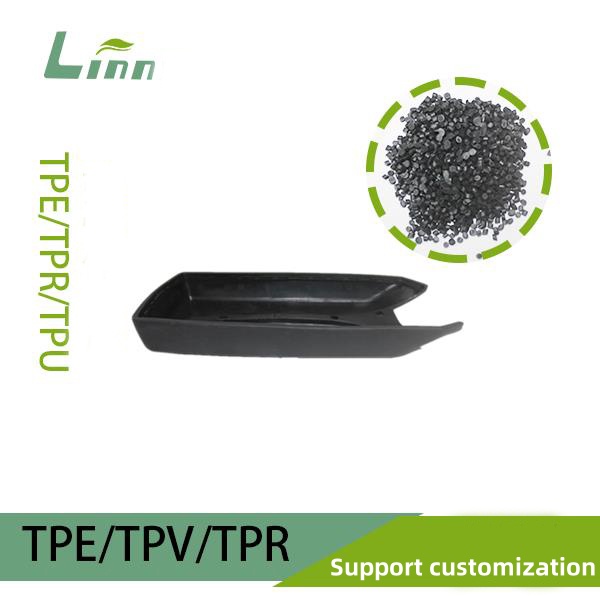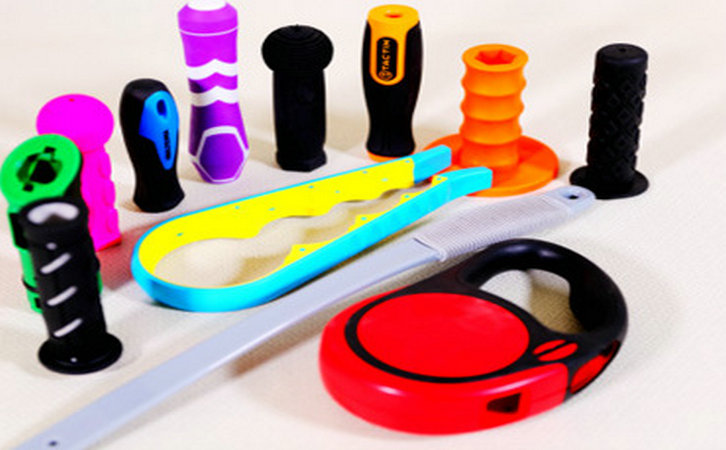As a veteran in the polymer processing industry, I’ve spent countless hours troubleshooting issues that pop up during TPE (Thermoplastic Elastomer) injection molding. One of the most persistent and frustrating problems is air bubbles—those pesky little voids that ruin the appearance, strength, and functionality of molded parts. Whether you’re crafting soft-touch grips, medical device components, or automotive seals, air bubbles can turn a promising project into a headache. I’ve been there, staring at a batch of defective parts, trying to figure out where things went wrong. In this article, I’ll walk you through why air bubbles form in TPE injection molding, how to eliminate them, and—crucially—how to prevent them from showing up in the first place. With insights from my own trials and errors, let’s get those parts bubble-free and production back on track.

What Are Air Bubbles in TPE Injection Molding?
Air bubbles, also known as voids or gas traps, are pockets of air or gas trapped within or on the surface of a molded TPE part. They can appear as tiny holes, blisters, or internal cavities, and they’re a common defect in injection molding. In TPE parts, bubbles are especially problematic because the material’s flexibility and transparency (in some grades) make defects highly visible. These bubbles can:
Compromise Aesthetics: Surface bubbles create an uneven, pitted look, unacceptable for consumer-facing products.
Weaken Mechanical Properties: Internal voids reduce tensile strength and elasticity, leading to part failure.
Affect Functionality: In medical or sealing applications, bubbles can cause leaks or contamination risks.
Understanding why bubbles form is the first step to solving the problem. Let’s dive into the causes and then explore practical solutions.
Why Do Air Bubbles Form in TPE Injection Molding?
Air bubbles in TPE parts result from trapped air, moisture, or volatile gases that don’t escape during the molding process. Based on my experience troubleshooting molding lines, here are the primary causes:
Trapped Air from Mold Design: Poor venting or improper gate placement can trap air in the mold cavity, preventing it from escaping as molten TPE fills the space.
Moisture in TPE Material: TPE, especially hygroscopic grades like TPU, can absorb moisture if not properly dried, leading to steam bubbles during molding.
Excessive Shear Heating: High injection speeds or screw speeds generate excessive heat, causing TPE to degrade and release volatile gases that form bubbles.
Inadequate Injection Pressure: Low pressure may fail to fully pack the mold, leaving voids where air gets trapped.
Improper Melt Temperature: If the TPE melt is too hot, it can decompose, releasing gases. If too cold, it may not flow properly, trapping air.
Part Design Issues: Complex geometries or thick sections can hinder air escape, especially in areas with sharp corners or deep cavities.
Mold Surface Issues: Contamination or residue (e.g., mold release agents) on the mold surface can trap air or cause uneven flow.
Each of these factors requires a targeted fix, and often, a combination of adjustments is needed to eliminate bubbles entirely. Below, I’ll share the strategies I’ve used to tackle this issue in real-world production settings.

Solutions for Eliminating Air Bubbles in TPE Injection Molding
Addressing air bubbles involves optimizing material preparation, mold design, and processing conditions. Here are the most effective methods I’ve relied on over the years, with practical tips for implementation.
1. Proper Material Drying
Moisture is a major culprit behind bubbles, especially for TPE grades like TPU or polyamide-based TPEs, which are hygroscopic (moisture-absorbing).
How It Works:
Dry TPE pellets before molding to remove absorbed moisture. Most TPEs require drying at 70-100°C for 2-4 hours, depending on the grade. Check the supplier’s Technical Data Sheet (TDS) for specific recommendations.
Implementation:
Use a desiccant or hot-air dryer with precise temperature control. Store dried pellets in sealed containers and mold them within a few hours to prevent reabsorption. For high-humidity environments, consider a dehumidifying hopper dryer.
Best For:
Hygroscopic TPEs or parts molded in humid climates.
2. Improve Mold Venting
Inadequate venting is a common cause of trapped air, leading to surface or internal bubbles.
Key Adjustments:
Add vents (0.01-0.05 mm deep) at the mold’s parting line, especially near areas prone to air entrapment (e.g., deep cavities or ribs).
Use ejector pins or inserts as additional venting paths.
Clean vents regularly to prevent clogging from TPE residue or volatiles.
Implementation:
Work with your mold maker to analyze air flow using mold flow simulation software. Test vent effectiveness by inspecting parts for burn marks (a sign of compressed air) or bubbles. Refer to guidelines from SPE Plastics Engineering for venting best practices.
Best For:
Complex molds or parts with intricate geometries.

3. Optimize Processing Parameters
Fine-tuning injection molding parameters can significantly reduce air bubbles by improving material flow and packing.
Key Adjustments:
Injection Speed: Use a moderate to slow injection speed to prevent turbulence and air entrapment. For thin-walled parts, a multi-stage injection profile (slow-fast-slow) can help.
Injection Pressure: Increase packing pressure (50-80% of injection pressure) to fill voids and compress trapped air.
Melt Temperature: Stay within the lower end of the TPE’s recommended melt range (e.g., 180-200°C for SEBS-based TPE) to minimize gas formation.
Mold Temperature: Raise mold temperature (40-60°C) to improve flow and reduce premature cooling.
Back Pressure: Use moderate back pressure (50-100 bar) during screw recovery to degas the melt.
Testing:
Adjust one parameter at a time and inspect parts for bubbles using visual checks or cross-sectional analysis. Document optimal settings for future runs.
Best For:
Quick fixes or when mold/design changes aren’t feasible.

4. Enhance Mold Design
Beyond venting, other mold design improvements can help prevent air bubbles.
Key Adjustments:
Gate Placement: Position gates near thick sections or areas prone to air traps to improve flow and packing. Use fan or edge gates for large parts.
Runner System: Optimize runner size and shape to minimize turbulence and ensure smooth flow.
Mold Surface: Polish mold surfaces to reduce friction and improve TPE wetting. Avoid excessive mold release agents, which can trap air.
Implementation:
Use mold flow analysis to optimize gate and runner design. Collaborate with mold makers to implement changes during mold maintenance or redesign.
Best For:
High-volume production or parts with persistent bubble issues.
5. Modify Part Design
Complex part geometries can exacerbate air entrapment, especially in thick or intricate sections.
Key Adjustments:
Simplify geometries by reducing sharp corners or deep cavities. Add radii to improve flow.
Maintain uniform wall thickness (1-3 mm for TPE) to ensure even cooling and filling.
Relocate features like ribs or bosses to areas with better flow paths.
Implementation:
Use CAD software and mold flow simulation to redesign parts. Test prototypes to confirm bubble reduction.
Best For:
New projects or parts with design-related defects.

6. Use Vacuum-Assisted Molding
For severe bubble issues, vacuum-assisted molding can remove air from the mold cavity before injection.
How It Works:
A vacuum pump evacuates air from the mold cavity just before TPE injection, reducing the chance of trapped air.
Implementation:
Requires specialized molding machines with vacuum systems. Consult equipment suppliers for integration and setup.
Best For:
High-precision parts or applications where bubbles are unacceptable (e.g., medical devices).
Comparison Table: Solutions for TPE Air Bubbles
To help you choose the right approach, here’s a table comparing the solutions:
| Solution | Applicable Scenarios | Advantages | Disadvantages | Cost & Complexity |
|---|---|---|---|---|
| Proper Material Drying | Hygroscopic TPEs, humid environments | Simple, prevents moisture bubbles | Requires drying equipment, time | Low, simple |
| Improve Mold Venting | Complex molds, intricate parts | Effective, long-term fix | Mold modification, maintenance needed | Moderate, technical |
| Optimize Processing | Quick fixes, process issues | Immediate, no design changes | May not fully resolve design flaws | Low to moderate, simple |
| Enhance Mold Design | High-volume, persistent bubbles | Improves flow, reduces defects | High cost, mold redesign needed | High, specialized |
| Modify Part Design | New projects, design-related issues | Prevents bubbles, improves quality | Requires redesign, time-consuming | Moderate to high, technical |
| Vacuum-Assisted Molding | High-precision, critical parts | Highly effective, eliminates air | Expensive equipment, complex setup | Very high, specialized |
Preventing Air Bubbles in TPE Injection Molding
Prevention is the best cure for air bubbles. Here are my top strategies for keeping your TPE parts bubble-free:
Pre-Dry Consistently: Always dry TPE pellets according to supplier specifications, especially in humid conditions. Use moisture analyzers to verify dryness.
Simulate Mold Flow: Use software like Moldflow to predict air entrapment and optimize mold/part design before production.
Maintain Molds: Clean molds regularly to remove residue and ensure vents are clear. Schedule routine inspections.
Train Operators: Educate molding staff on TPE processing and defect troubleshooting to catch issues early.
Standardize Parameters: Document and replicate optimal processing conditions for each TPE grade and part.
Follow Standards: Adhere to industry guidelines, such as ISO 20457 for injection molding quality control.

Case Study: Banishing Bubbles in a TPE Seal
A couple of years ago, I helped a manufacturer of automotive seals eliminate air bubbles in a TPE gasket. The parts had visible surface bubbles, failing leak tests and causing production delays. After investigating, we identified moisture and poor venting as the main issues. Here’s how we fixed it:
Diagnosis: A moisture analyzer showed 0.2% water content in the TPE pellets, and mold inspection revealed clogged vents.
Solution:
Dried the TPE at 80°C for 3 hours, reducing moisture to <0.05%.
Added 0.03 mm vents near the gasket’s thick sections and polished the mold surface.
Lowered injection speed by 20% and increased packing pressure by 10%.
Raised mold temperature to 50°C for better flow.
Outcome: Bubbles disappeared, and the gaskets passed leak tests with a 95% yield improvement.
This experience highlighted the importance of addressing both material and mold factors to achieve consistent results.

FAQs: Common Questions About TPE Air Bubbles
To wrap up, here are answers to some frequent questions about air bubbles in TPE molding:
Q1: How can I tell if bubbles are caused by moisture or trapped air?
A: Moisture bubbles are often irregular and appear throughout the part, while trapped air bubbles cluster near vents or thick sections. Test by drying the TPE thoroughly—if bubbles persist, venting or design is likely the issue.
Q2: Can I reuse TPE with bubbles after molding?
A: Regrinding and reusing defective parts is possible, but ensure the material is dried and free of degradation. Test regrind blends for performance, as bubbles may indicate thermal damage.
Q3: Are bubbles more common in soft or hard TPEs?
A: Softer TPEs (e.g., <50 Shore A) are more prone to bubbles due to higher plasticizer content, which can trap volatiles. Harder TPEs may show fewer issues but aren’t immune.
Q4: Can surface treatments hide bubbles?
A: Texturing or coating can mask minor surface bubbles, but internal voids will still affect strength. It’s better to eliminate bubbles during molding.
Q5: How does mold release agent affect bubbles?
A: Excessive or improper mold release can trap air or disrupt TPE flow, causing bubbles. Use minimal amounts and ensure even application.
Final Thoughts
Air bubbles in TPE injection molding can throw a wrench in your production, but they’re not an insurmountable challenge. By tackling moisture, optimizing molds, and fine-tuning processing, you can produce parts that are smooth, strong, and defect-free. My years in the industry have taught me that persistence and attention to detail are the keys to mastering TPE molding. Whether you’re a seasoned engineer or new to the game, I hope these insights give you the confidence to banish bubbles for good. If you’re still facing issues or want to dive deeper into a specific case, don’t hesitate to reach out—I’m always up for a polymer puzzle! Here’s to flawless TPE parts and a smoother production line.




